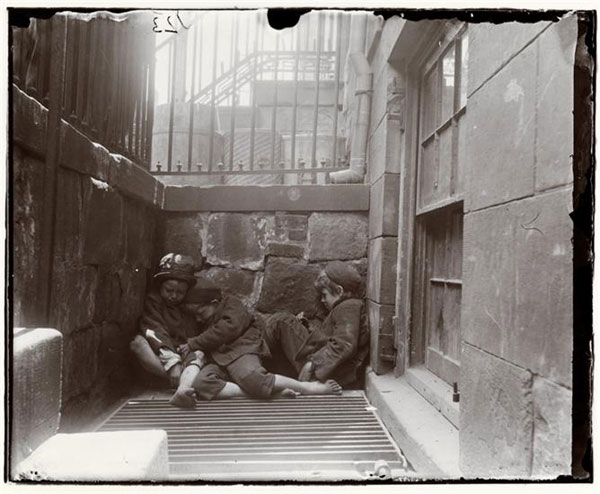Immigrants who lived in in major cities like New York City came in search of the "American Dream," but many of these immigrants found overcrowded living conditions and dangerous jobs with low pay and long hours. The buildings on the map below reveal some of the harsh conditions that American city dwellers experienced during the Progressive Era.
![]() Click on each of the two buildings that appear on the early 1900s map of New York City and its suburbs.
Click on each of the two buildings that appear on the early 1900s map of New York City and its suburbs.
Answer the questions that pop up over each building to help you understand the living conditions of many American families in the late 1800s and early 1900s.
Close your eyes and try to make a mental picture for yourself of a dirty, crowded city where everyone works really hard just to feed their families. Now open your eyes and continue reading below.
As you just imagined, life in the late 1800s and early 1900s was very tough. Many parents didn't make enough money to feed their families, and many children were often orphaned. Look at the picture shown here. How was your mental picture similar? How was it different? What emotions do both pictures evoke (bring to mind)?

Source: Street Arabs in sleeping quarters, Jacob Riis, The Collection of the Museum of the City of New York
Jacob Riis is a photographer who documented the lives of immigrants and Americans who lived in New York during this time period. Click on the link below to examine more of his famous photos like the one above. These photos may help you with ideas for this activity.